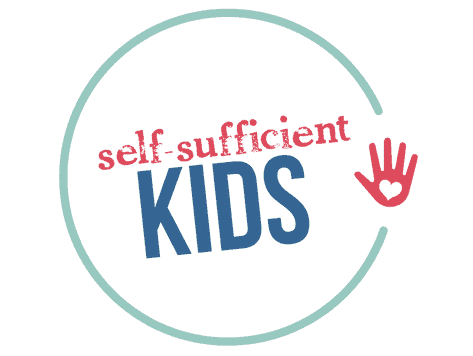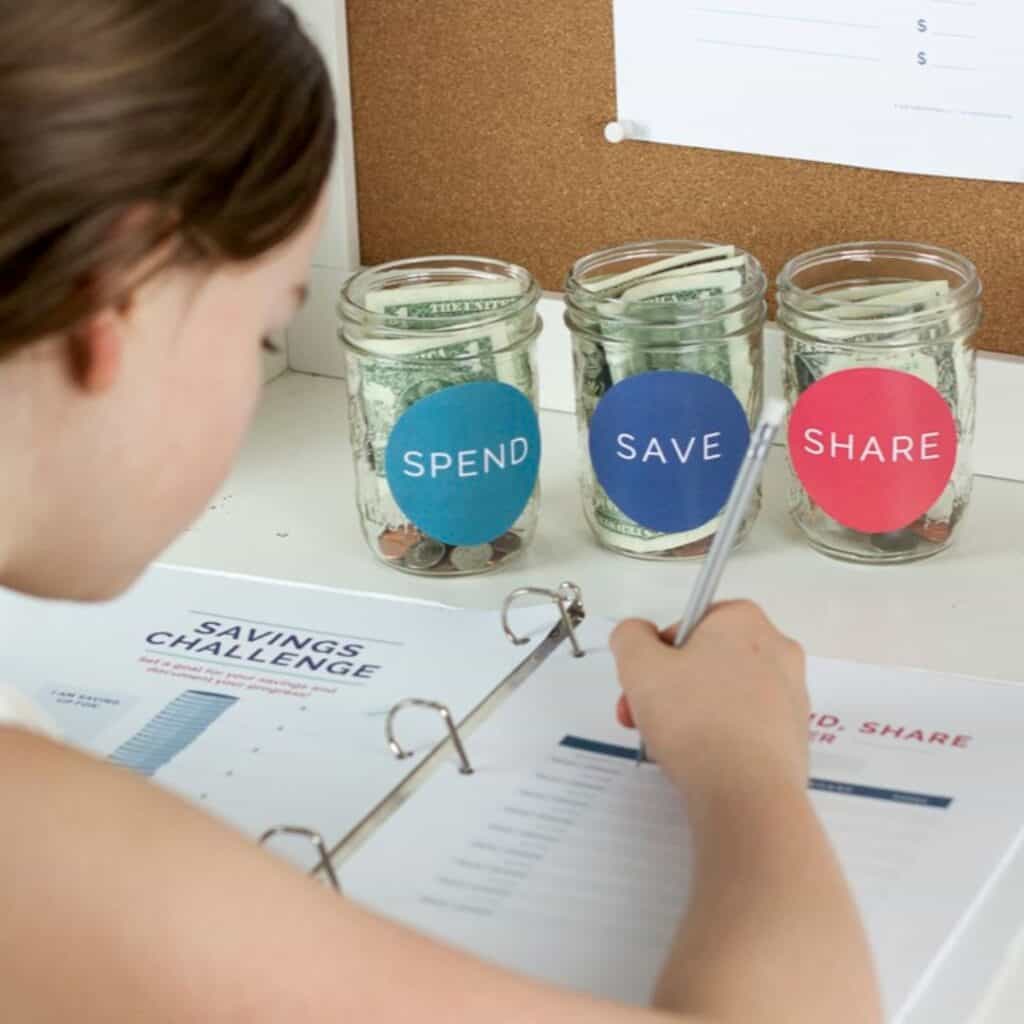6 Things Your 5-Year-Old Should Know About Money
When it comes to teaching kids about money, even young kids can learn something. Here are a few lessons your kids can learn before they turn five.

Teaching kids that are barely out of toddlerhood about money may seem crazy, but even basic money lessons can begin young.
And starting these lessons young, can be advantageous. Research has found that teaching kids about money can decrease materialism and make kids feel more financially savvy.
While young kids undoubtedly won’t have mastered all these concepts by the time they’re five, introducing these concepts at a young age gives kids years to build on their understanding.
Many of these ideas come from the Money As You Grow website.
1) Money is Used to Buy Things
Using pretend money can be fun for kids as they play, but eventually, kids need to understand that money is used to buy things that we need.
One way to teach this lesson is to have your young child pay for things at a store. For example, if you’re getting ice cream, have your child hand over cash to the store employee. Young kids could also pay for transactions at the drugstore, toy store or when visiting a museum. If there’s time, talk to your kids about the price and the types of bills and coins you are giving to the cashier.
2) Coins and Bills Have Value
While your young child might not fully grasp the difference between a dime and a quarter by the time they’re five, these early years are a great time to begin teaching your kids about physical money.
As mentioned above, letting kids occasionally pay for things can increase their familiarity with coins and bills. If time allows, have your young child help count the coins necessary to pay for a pack of gum, for example.
There are also a number of games and activities you can do with your kids to help them better understand physical money. For a list of 17 fun money games for kids, click here.
The Kids Money Management Toolkit has everything you need (except money!) to begin giving your kids an allowance. In addition to guidance and advice, you’ll also receive Save, Spend, and Share jar labels, a Kids Money Ledger, a Savings Challenge Sheet, a Jobs-for-Hire Sheet, and a Kids Allowance Contract. Click here to learn more.
3) Delayed Gratification
Not giving into your child’s insistence that they need a cookie RIGHT NOW before eating dinner isn’t just good parenting, but is also teaching them a lesson that will serve them well financially.
Teaching kids that it is possible to wait for the right time to receive something they want is a valuable lesson. Debt is a serious problem in the United States, and while some families have found themselves in this state out of misfortune, others simply spend more than they make without thinking through the consequences.
4) We Have to Work for Money
At this young age, you can introduce to kids the concept that work and money are connected. Talking to kids about how the work that Mom and Dad does helps to pay for everything you own is a good place to start. Taking kids to a parent’s office or discussing how police, firemen, and store employees are all doing jobs to be paid money can also be a good teaching opportunity.
5) There is a Difference Between Something We Need and Something We Want
Kids tend to think that everything they want is a need. Now’s the time to teach them that some things are needs (food, shelter, clothing) while others are wants (candy, toys and more clothes than necessary). You can begin to incorporate the words “need” and “want” into discussions with your kids so they can begin to distinguish between the two.
As kids get older, this lesson can be further enforced when kids are given the opportunity to manage their own money.
6) Sometimes The Best Things in Life Don’t Cost Money
Going to an indoor playground costs money, having a fun day in the park with a friend is free. Talking to kids about why a trip to the children’s museum isn’t in the cards every day can begin to build an understanding of the necessary trade-offs when it comes to managing money. Getting kids to see that fun can be had even when no money is spent is also a great lesson to instill early on.
See related:
Kids Won’t Really Understand Money Until You Do This
How to Get Started on Kids Allowance – the Right Way
17 Fun Money Activities for Kids

